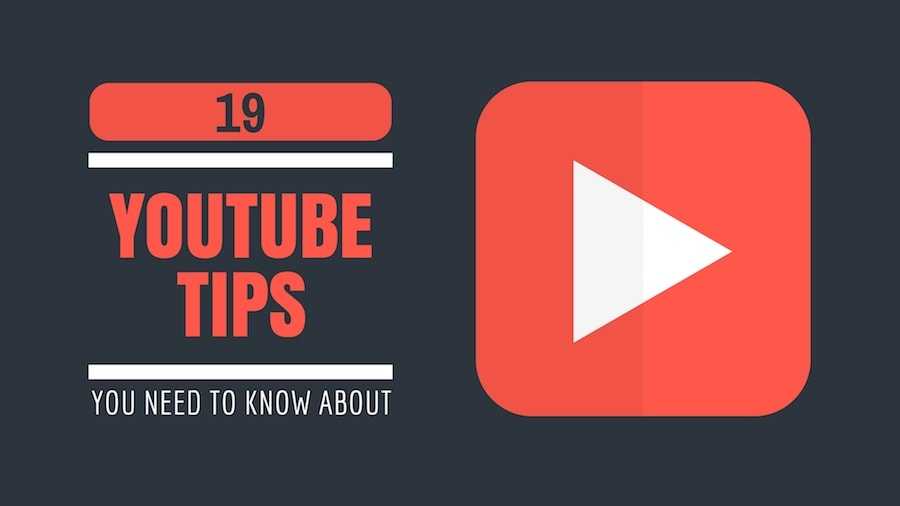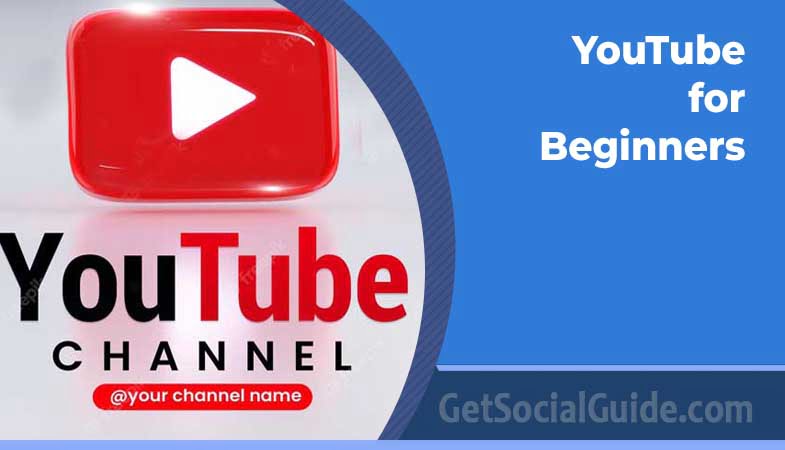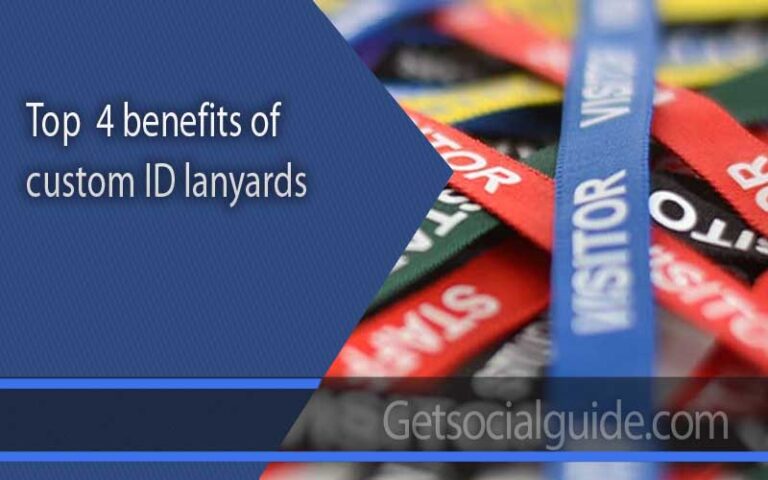YouTube for Beginners: How to Start a YouTube Channel [Updated 2023]
YouTube is indeed one of the largest and most popular video-sharing platforms in the world, and it offers a fantastic opportunity for content creators to share their passion and engage with a global audience. However, as you mentioned, the competition is fierce, and building a successful YouTube channel requires dedication, consistency, and a well-thought-out approach. Here are some tips for beginners looking to start a YouTube channel:
Choose Your Niche: Determine the topic or niche for your channel. It’s important to focus on something you’re passionate about and knowledgeable in. This will help you create authentic and engaging content that resonates with your target audience.
Research and Plan: Study successful channels in your niche to understand what works and what doesn’t. Create a content plan that outlines the type of videos you want to create, their frequency, and their overall structure.
Quality Content: Invest in creating high-quality content. Use good equipment for filming and editing, and pay attention to factors like lighting, sound, and video composition. The better the quality, the more likely viewers are to stick around and subscribe.
Be Consistent: Consistency is key on YouTube. Upload videos on a regular schedule so that your audience knows when to expect new content. This helps in building anticipation and keeping viewers engaged.
Engage with Your Audience: Respond to comments and interact with your viewers. Building a community involves fostering a connection with your audience. Their feedback and suggestions can also help you improve your content.
SEO and Titles: Optimize your video titles, descriptions, and tags with relevant keywords to make your videos discoverable. This will help your videos appear in search results and recommended videos.
Eye-Catching Thumbnails: Create attention-grabbing thumbnails for your videos. Thumbnails are the first thing viewers see, so they should be visually appealing and represent the content accurately.
Collaborate: Collaborating with other YouTubers in your niche can help you tap into their audience and gain exposure. This can be a great way to cross-promote and grow your subscriber base.
Promote Your Videos: Share your videos on social media platforms and relevant online communities to increase visibility. Don’t solely rely on YouTube’s algorithm to bring in viewers.
Monetization: Once you’ve built a solid subscriber base and have a library of quality content, you can explore monetization options like Google AdSense, channel memberships, merchandise, and sponsorships.
Patience and Perseverance: Building a successful YouTube channel takes time. Don’t get discouraged if you don’t see rapid growth initially. Stay committed and continue improving your content.
Remember, while the goal might be to achieve financial success, the process of creating content and connecting with an audience should remain at the core of your efforts. It’s an exciting journey, and with dedication and the right strategies, you can make your mark on YouTube.
- Necessary:
- Create a channel;
- Choose an interesting topic;
- Shoot and upload videos regularly;
- Attract an audience;
- Work with the audience.
Each item has a lot of details. Let’s consider in more detail.

Creating a channel.
– Register in Gmail (if you do not already have an account);
– Go to the Youtube website;
– In your YouTube account, select My Channel. You will see the channel creation form, where give the channel a name and enter the desired data.
You have created and set up your own channel – it’s time to think about how to fill it and promote it correctly to attract subscribers.
The idea.
– Shooting everything and putting it out is not cool. It will not cause interest, and it is impossible to recruit subscribers with such videos. Therefore, it’s essential to consider the channel’s theme, given the current trends and content of popular YouTube channels.
– To determine the topic, understand which direction is closer to you. In 2020, the relevant areas are product reviews (Aliexpress, Fix Price), humorous videos, life hacks, game broadcasts (streams), reviews of films or games, challenges, pranks. Ask yourself: “What do I like the most?” or “what should my channel be like?”
– To understand what is fashionable and popular, go to the “trending” tab, then you will have the opportunity to see what kind of videos people like.
If you notice that the number of subscribers and views has stopped growing or has not grown at all – something goes wrong. Review the content of the material, try yourself in other directions.

Video.
Once you have chosen the direction, do not rush to start shooting.
Before you run to shoot a video, you need to be well prepared: write a script, a brief description, think about the tags, the name.
Pre-written text is needed so that there is no stumbling block, and you look confident in the video.
When the text is written, in the head, the structure and future picture of the video – it’s time to start shooting, taking into account the following factors:
– Quality. Nobody likes hissing and downloading videos. Use a camera of 8 megapixels, preferably mounted on a tripod—the better the image, the faster the number of views.
– Length. The optimal video length for beginners is 1-5 minutes. You can shoot a lot of material and eventually select and mount the most successful option.
– Treatment. Do not be afraid of video editors. I want to suggest a free and easy-to-use online video maker, FlexClip, which allows you to edit videos in minutes. With its help, you can cut, glue the video and sound, change the characteristics and format, and make transitions between fragments. Its functionality is quite simple and understandable, and will not cause any problems even for an inexperienced user.
– Regularity. Do not skip this item. Develop a plan to release the video (for example: once a week – on Thursdays). Stick to this plan to save your audience and increase it.
If you have a trip planned, and there is no way to shoot a video, do it in advance.
Attracting an audience.
– Social networks. Post links to videos and other social networks in which you are registered, as well as the video’s description.
– Publications in groups. Offer to post your videos in thematic groups on social networks.
– Barter. A good option for beginner bloggers. Offer mutual advertising on the channel or in other social networks.
– Invitations. Look for people who have subscribed to related channels on the subject and send personal messages asking them to visit your channel.

Work with the audience.
Interactive. Ask subscribers questions in the video and ask them to write the answer below in the comments. Ask what subscribers would be interested to know. Keep in touch with them.
Active links. Attach links to previous videos in the video. So new viewers will get acquainted with the rest of the video.
The blog UseViral suggests that if you responsibly approach the creation of commercials, gradually your channel will develop, and your popularity and the number of subscribers will grow. Their audience respects popular bloggers, listen to them and trust their choice. After some time, you will have the opportunity to make money on advertising. Also, popular bloggers are often sent goods for reviews, invited to appear in advertisements, and broadcasts on television. You can also learn about the importance of social media here
What’s the Best Audio and Video Equipment for Starting a YouTube Channel?
Investing in the right audio and video equipment is crucial for creating high-quality content on your YouTube channel. Here’s a breakdown of recommended equipment for starting a YouTube channel:
Video Equipment:
- Camera: While DSLRs and mirrorless cameras are popular among YouTubers, many modern smartphones also offer impressive video quality. If you’re just starting out, using your smartphone can be a cost-effective way to create content.
- Tripod: A stable tripod is essential to keep your camera steady while filming. This is particularly important if you’re shooting alone and don’t have someone to hold the camera for you.
- Lighting: Good lighting is crucial for clear and well-lit videos. Natural light is great, but investing in affordable studio lights or LED panels can significantly improve the quality of your videos, especially in indoor settings or during low-light conditions.
- Microphone: Clear audio is just as important as good video quality. Invest in a good external microphone to capture high-quality sound. Here are a few options:
- Shotgun Microphone: Ideal for vlogging, shotgun mics capture sound from the direction they’re pointed, reducing background noise.
- Lavalier Microphone: These are small clip-on microphones that can be attached to your clothing. They’re great for recording clear audio when you’re moving around or at a distance from the camera.
- USB Microphone: If you’re recording voice-overs or narration, a USB microphone can provide studio-quality sound.
Audio Equipment:
- Windscreen or Deadcat: If you’re filming outdoors or in windy conditions, a windscreen or a deadcat (fluffy wind cover) for your microphone can help reduce wind noise and improve audio quality.
- Audio Interface: If you’re using an XLR microphone, you’ll need an audio interface to connect the microphone to your computer or camera.
- Headphones: Use headphones while recording to monitor the audio quality and ensure there are no issues like background noise or distortion.
Remember, the key to creating engaging content is to provide a good viewer experience. Clear audio, well-lit visuals, and steady shots contribute to a professional look and help retain viewers’ attention. As your channel grows and you start generating income, you can gradually upgrade your equipment to enhance the quality of your videos.
How to Market Your YouTube channel
YouTube channel is essential to attract viewers, build a following, and grow your channel’s success. Here are some effective strategies for marketing your YouTube channel:
1. Optimize for Search and SEO:
- Craft descriptive video titles with relevant keywords. Your title should give viewers a clear idea of what the video is about.
- Utilize relevant tags that accurately describe your video’s content. Look at competitors’ tags for inspiration.
- Write a detailed video description (at least 200 words) that includes your target keywords, synonyms, and variations.
- Take advantage of YouTube’s autocomplete feature to discover popular search terms related to your video.
- Use social media platforms to share your YouTube videos and engage with your audience.
- Create teaser clips or snippets of your videos to share on platforms like Instagram, TikTok, and Twitter.
- Interact with viewers on social media by responding to comments, hosting Q&A sessions, and sharing behind-the-scenes content.
3. Collaboration and Networking:
- Collaborate with other YouTubers in your niche. Collaborations can introduce your channel to a new audience and boost your subscriber count.
- Reach out to creators you admire and propose collaboration ideas that align with both your audiences.
4. Engage with Your Audience:
- Encourage viewers to like, comment, and subscribe to your channel. Engage with their comments to foster a sense of community.
- Create videos that directly ask for viewer input or feedback. This can increase engagement and make viewers feel more invested in your content.
5. Consistency and Schedule:
- Stick to a consistent uploading schedule so your audience knows when to expect new content. This helps build anticipation and loyalty.
6. Custom Thumbnails:
- Design eye-catching and relevant custom thumbnails for your videos. Thumbnails are often the first impression viewers have of your content, so they should be compelling.
7. Use YouTube Features:
- Utilize YouTube cards and end screens to promote your other videos, playlists, and subscriptions within your content.
8. Run Contests and Giveaways:
- Organize contests or giveaways that require viewers to engage with your videos, such as commenting, liking, or sharing. This can help increase interaction and spread the word about your channel.
9. Cross-Promotion:
- Cross-promote your YouTube channel on your other social media profiles, websites, blogs, and email newsletters.
10. Engaging Content:
- Focus on creating valuable, entertaining, and informative content that resonates with your target audience. Quality content encourages viewers to share and subscribe.
Remember, building a successful YouTube channel takes time and effort. Stay patient and committed to your content creation and marketing strategies, and over time, you’ll see growth in your viewership and subscriber count.
How Much Does it Cost to Start a Youtube Channel in 2023?
The cost of starting a YouTube channel in 2023 can vary widely based on the equipment, software, and resources you choose to invest in. Here’s a breakdown of potential expenses you might incur:
Basic Equipment:
- Camera: If you’re using a smartphone, you might not need to spend anything. However, if you choose to buy a DSLR or mirrorless camera, prices can range from $300 to $1000 or more.
- Microphone: Good quality microphones can start at around $50 and go up to several hundred dollars, depending on the type and brand.
- Tripod: A basic tripod can cost anywhere from $20 to $100.
Lighting:
- Natural Lighting: Free, if you’re shooting in well-lit environments.
- Studio Lighting: LED panel lights or softboxes can range from $50 to $300 or more.
Video Editing Software:
- Free Options: There are free video editing software options available like DaVinci Resolve and Shotcut.
- Paid Software: Professional software like Adobe Premiere Pro or Final Cut Pro can cost around $20 to $50 per month as a subscription.
Graphics and Thumbnail Design:
- Software: Graphic design software like Adobe Photoshop or Canva. Canva offers a free version, while Adobe Creative Cloud starts at around $20 per month.
Channel Art and Branding:
- If you choose to hire a designer for logo and banner creation, it could cost anywhere from $50 to a few hundred dollars.
Internet Connection:
- This is a recurring cost, but you likely already have an internet plan suitable for uploading videos.
Optional Expenses:
- Editing Hardware: A more powerful computer or laptop might be necessary for smooth video editing. Prices vary widely, but a decent editing machine can cost $800 to $1500 or more.
- External Hard Drive: Storing and backing up your videos might require additional storage, which can cost around $50 to $150 for a good external hard drive.
- Paid Music and Stock Footage: If you plan to use copyrighted music or stock footage in your videos, there might be licensing fees involved.
It’s important to note that you can start with minimal expenses by using equipment you already have, like a smartphone, and gradually invest in better gear as your channel grows. Many successful YouTubers started with very basic setups and improved over time.
Keep in mind that the cost of starting a YouTube channel can be flexible based on your goals, niche, and available resources. It’s crucial to prioritize quality content and gradually invest in equipment and tools that will enhance your channel’s production value and viewer experience.
You can also read the best app for online earning
You can also learn about importance of social media here




Really great post. This answered the majority of my questions. When I read this I actually opened up a word document and started taking notes haha.
Thanks for the comments, be sure to bookmark and share
For a long time, I have not seen such a very good content I have also seen similar content on Celebrity Insider “President Donald Trump Says Country Will Stay Open During Potential Second Wave Of Coronavirus
Thankful for the staggering post! I am a great deal of propelled by your article. You share noteworthy information about youtube for beginners how to start a youtube channel. Much obliged for recommendation about Scrum Master courses.
Can we manage multiple sites at the same time? I need software to do it, kindly help me out!